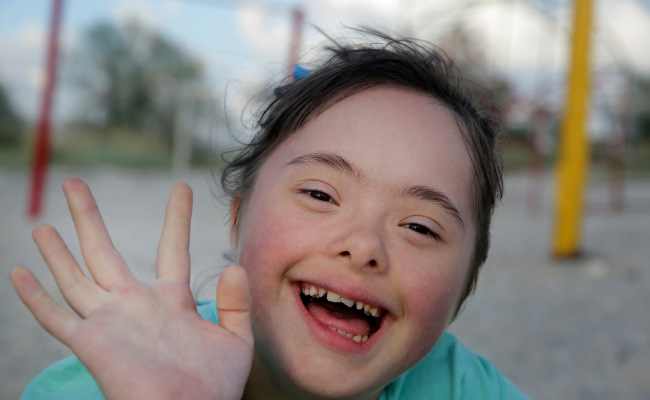How to Treat Kernicterus?
- December 04, 2023
- No Comments
What is Kernicterus?
Kernicterus is a rare but serious neurological condition primarily seen in newborns, resulting from elevated levels of bilirubin in the blood. Bilirubin, a yellow pigment formed during the breakdown of red blood cells, accumulates when the liver struggles to eliminate it efficiently, particularly in cases of severe jaundice. This accumulation can lead to jaundice, characterized by a yellowing of the skin, eyes, and mucous membranes.
The progression of kernicterus involves stages of symptoms, with jaundice being an early and noticeable sign. Newborns may display irritability, poor feeding, and seizures as the condition advances. Left untreated, complications such as hearing loss and permanent brain damage may occur. Healthcare professionals term this condition "bilirubin encephalopathy," emphasizing the neurological impact of elevated bilirubin levels on the infant's brain. Early detection and intervention are crucial in preventing severe consequences, highlighting the importance of parents promptly seeking medical attention if they observe any changes in their newborn's behavior or appearance.
Why does Kernicterus Occur?
The primary trigger for kernicterus is severe jaundice. Jaundice is characterized by the yellowing of the skin and eyes due to heightened bilirubin levels. In newborns, the underdeveloped liver may struggle to process bilirubin effectively, resulting in its buildup in the bloodstream. If untreated, excessively high levels of bilirubin can traverse the blood-brain barrier, causing damage to brain cells and giving rise to kernicterus.
How is Kernicterus Diagnosed?
Diagnosing kernicterus involves a comprehensive examination of symptoms and the implementation of various medical tests. Common symptoms include muscle rigidity, arching of the back, and poor feeding. To confirm the diagnosis, healthcare professionals typically conduct a blood test to measure bilirubin levels. Imaging studies, such as magnetic resonance imaging (MRI) or computed tomography (CT) scans, may also be employed to assess the extent of brain damage.
Treatment Solutions for Kernicterus
- Phototherapy: Phototherapy is a widely recognized and effective treatment for jaundice in newborns, including those at risk of kernicterus. This therapeutic approach involves exposing the baby's skin to specialized blue lights that aid in converting bilirubin into a form more easily eliminated by the body.
- Exchange Transfusion: In cases of severe jaundice where phototherapy may prove insufficient, healthcare providers may recommend an exchange transfusion. This process involves replacing the baby's blood with donor blood, effectively lowering bilirubin levels.
- Intravenous Immunoglobulin (IVIG): IVIG is another treatment option involving the administration of antibodies to reduce circulating antibodies that may contribute to the destruction of red blood cells and the subsequent release of bilirubin.
- Medications: Certain medications, such as phenobarbital, may be prescribed to enhance liver function and facilitate the processing of bilirubin.
- Monitoring and Supportive Care: Continuous monitoring of bilirubin levels and overall health is crucial in managing kernicterus. Supportive care may include addressing feeding difficulties, providing physical therapy, and managing any associated complications.
Benefits of Early Detection and Treatment
- Prevention of Brain Damage: Timely detection and treatment of kernicterus play a pivotal role in preventing permanent brain damage. Swift interventions, such as phototherapy or exchange transfusion, can effectively lower bilirubin levels and reduce the risk of neurological complications.
- Improved Neurodevelopmental Outcomes: Early intervention contributes to better neurodevelopmental outcomes for affected individuals. By promptly addressing kernicterus, healthcare providers can minimize the impact on cognitive function, motor skills, and overall development.
- Preventing Long-term Disabilities: Without timely treatment, kernicterus can result in long-term disabilities, including movement disorders, hearing loss, and intellectual disabilities. Early intervention aims to prevent or mitigate these potential complications, significantly improving the overall prognosis for affected individuals.
- Enhanced Quality of Life: Effective treatment strategies not only address the immediate concerns related to bilirubin toxicity but also contribute to an improved overall quality of life for individuals affected by kernicterus. This includes better cognitive function, motor skills, and social interactions.
- Reduced Burden on Families: Early detection and treatment alleviate the emotional and financial burden on families. It allows parents and caregivers to access the necessary support and resources to care for a child with kernicterus, reducing the stress associated with long-term disabilities.









Comments (0)
No comments yet